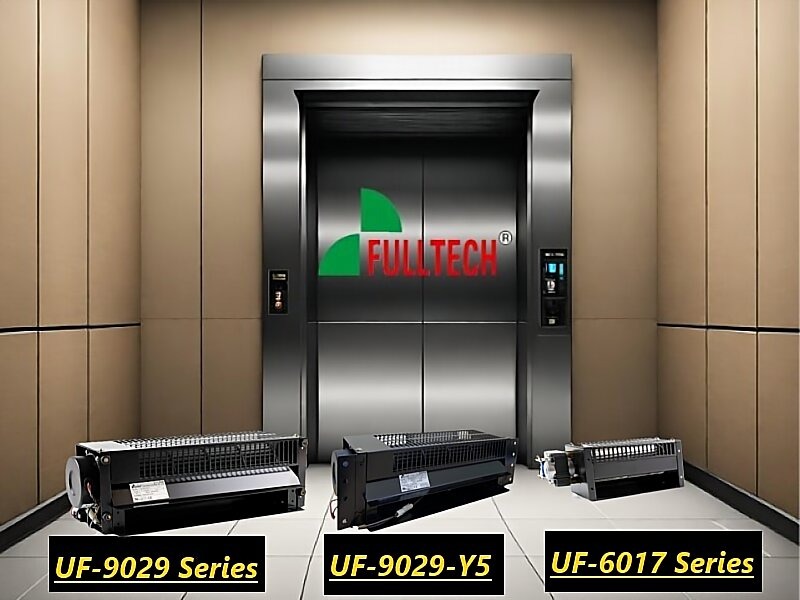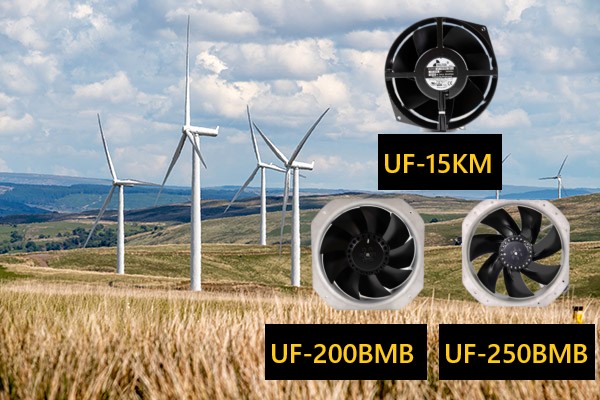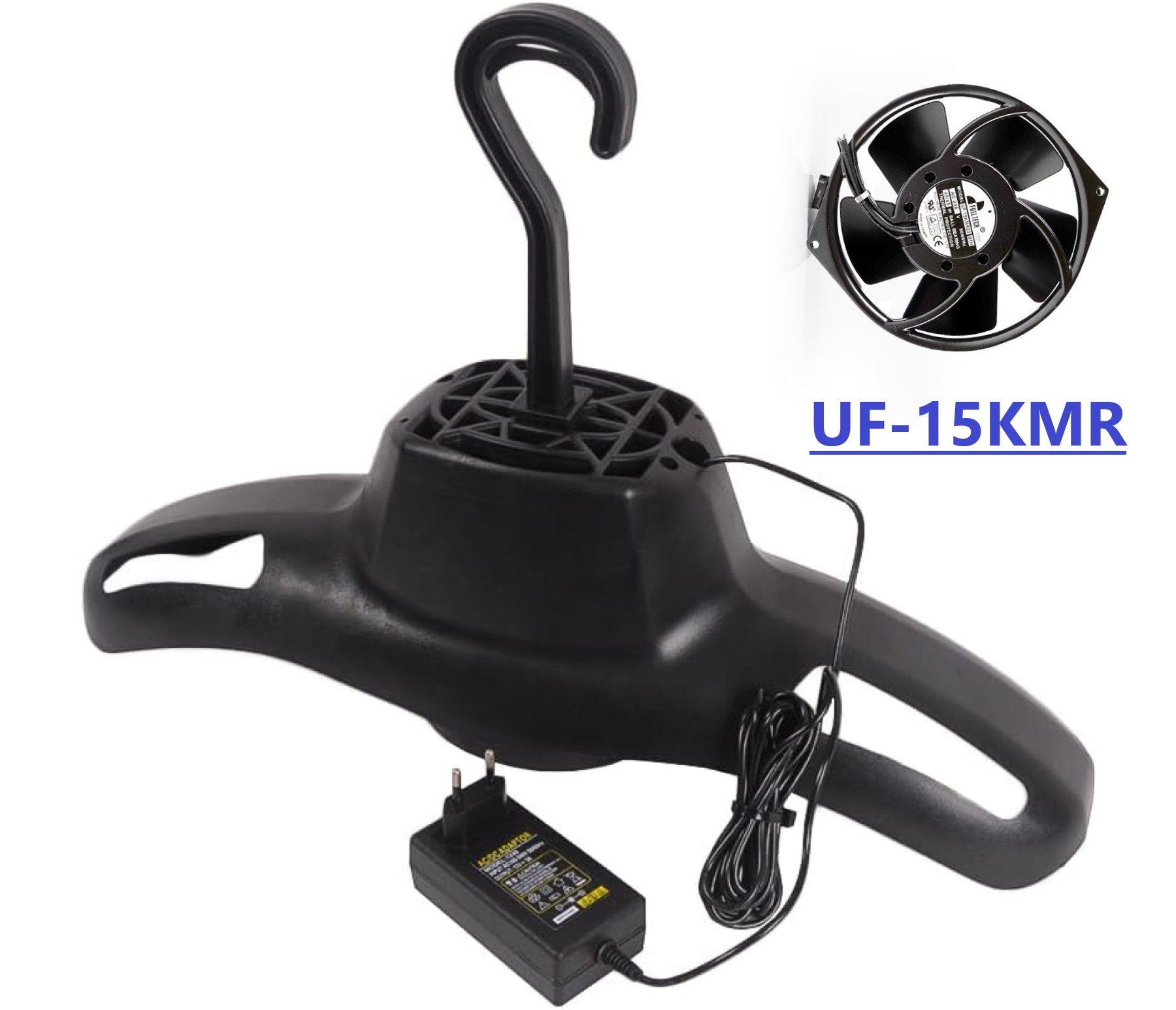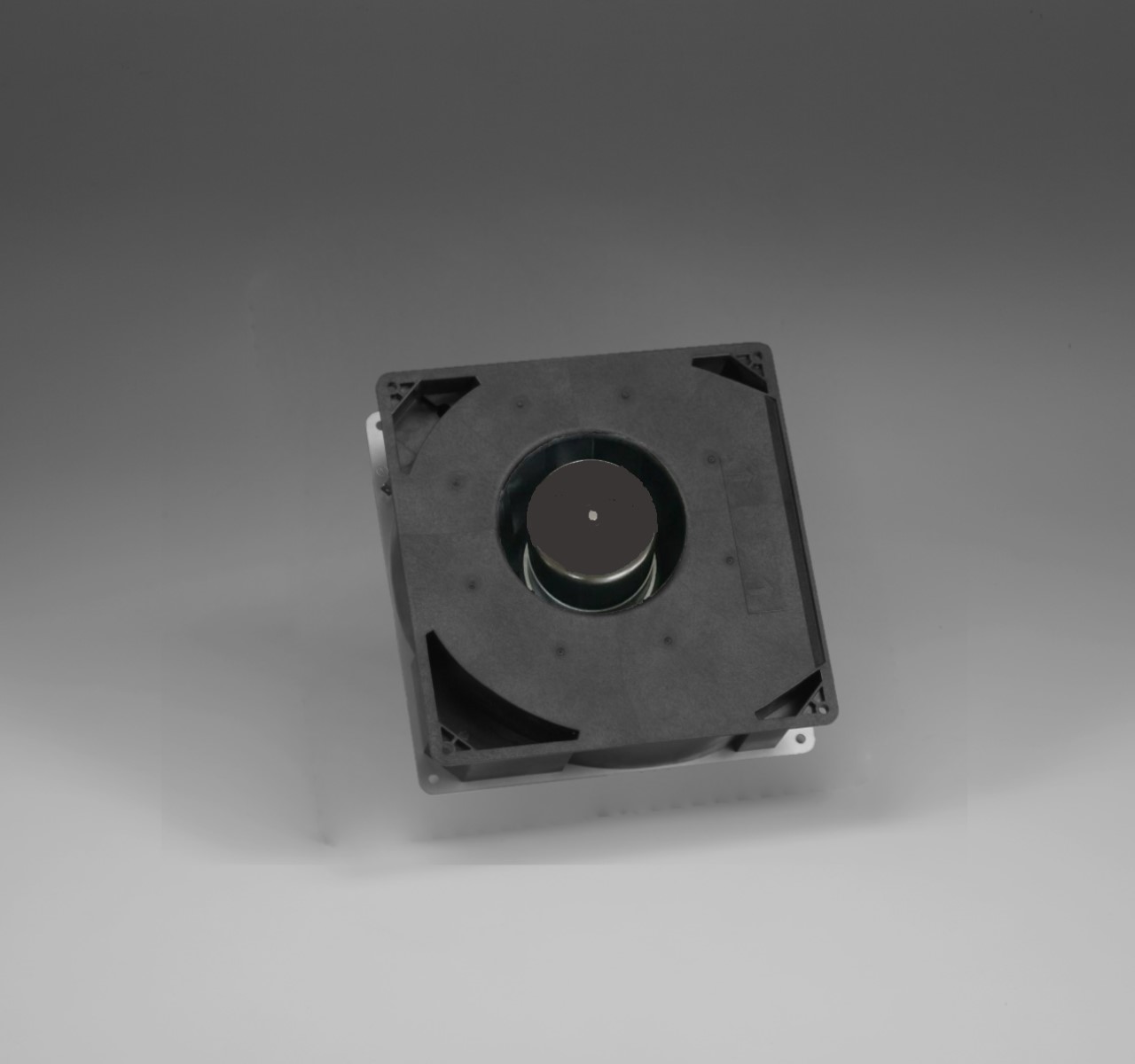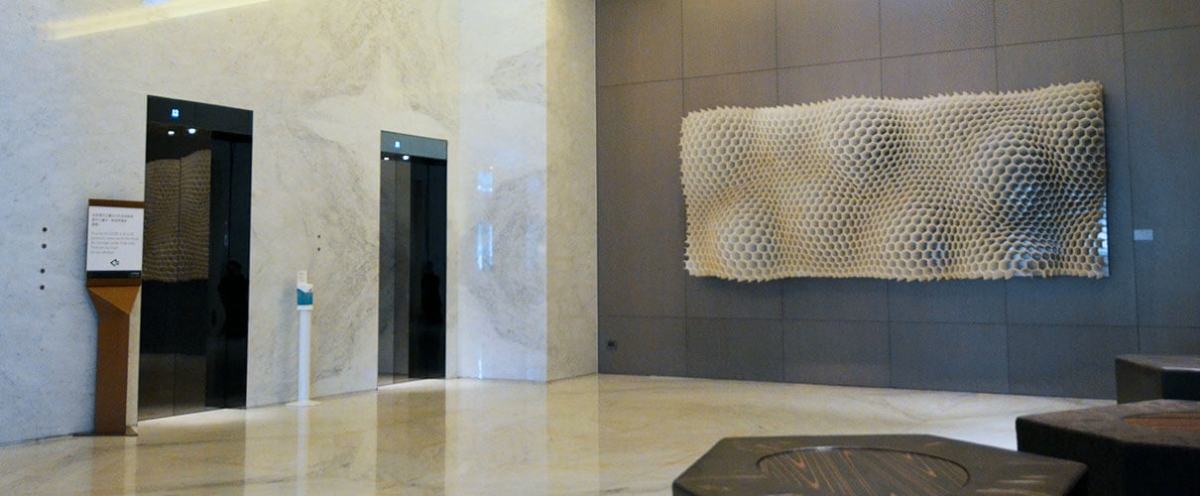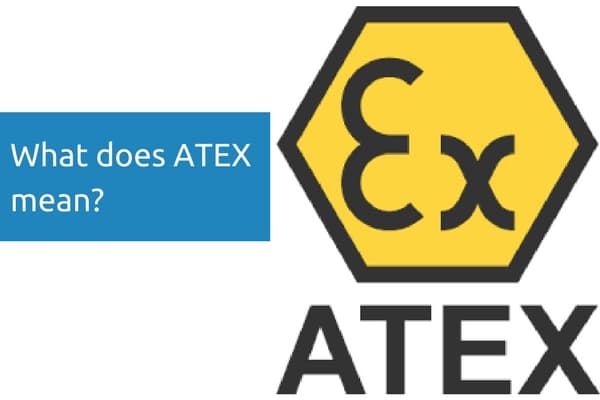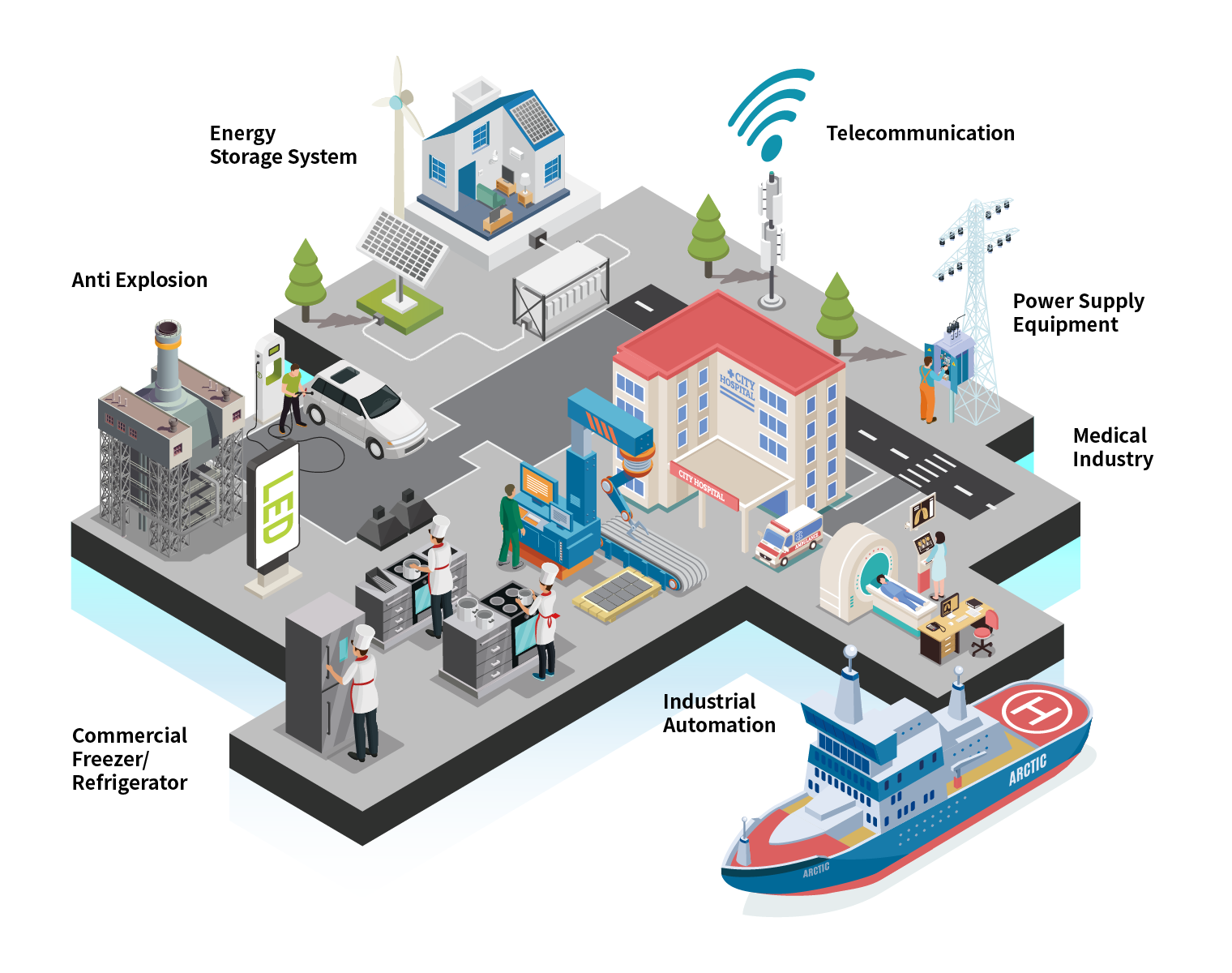Differences between AC Fan & DC Fan - Fulltech Electric
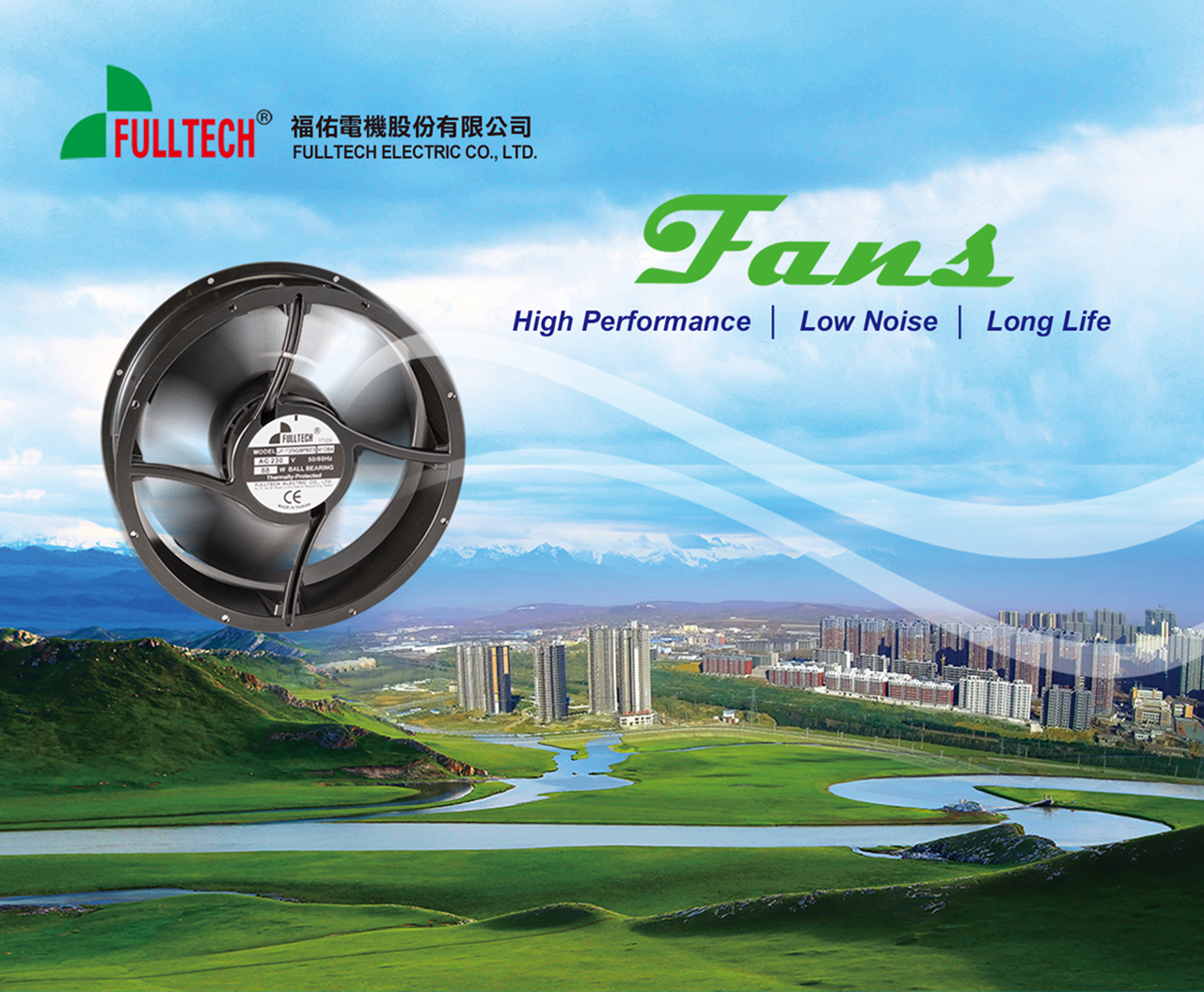
| Items | DC fans | |
| Airflow |
AC fans runs 50 times per sec. to provide stable air-flow. |
DC fans air-flow is changeable and not stable. |
|
Application & Operation |
AC fans are designed in the equipment which needs stable air flow, normally are home-appliance, industrial equipment and so on. | DC motor runs from the attract and repel of the permanent magnet inside the motor. |
| Advantage |
To provide stable and continually air-flow.
The main advantage for AC fans is providing stable and continually air-flow. AC fans can bring in the cooler air and take out the warm air. |
Advantage 1: Less electromagnetic interference DC fans is with less electromagnetic interference, so when the fan is running for overheat, it also helps to reduce the electromagnetic interference.
|
|
Advantage 2: less power consumption Normally, DC fans is about 50% less power consumption than AC fans.
|
||
| Disadvantage |
More power consumption than DC fan. Although AC fans is more power consumption than DC fans, but it still energy saving. Actually, an AC fan with full running, the power consumption is less than 100W. |
Disadvantage 1: No Stable and continually air-flow direction Main dis-advantage of the DC fans is: not able to provide the straight air-flow continually.
|
|
Disadvantage 2: Transformer may needed AC fans uses AC power whose direction may changes; DC fans uses DC power whose direction only goes one way, thus, DC fans will need to use transformer to change the AC power to DC power to run the fan.
|
The efficiency of AC fan is very important nowadays, since more and more function and components are required in the small space, like for the cabinets, electronic components or eve for industrial electronic devices, it will generate more heat while running the device. In order to do that, AC fans will have to have ultimate performance in a limited space to have the best thermal management performance.



